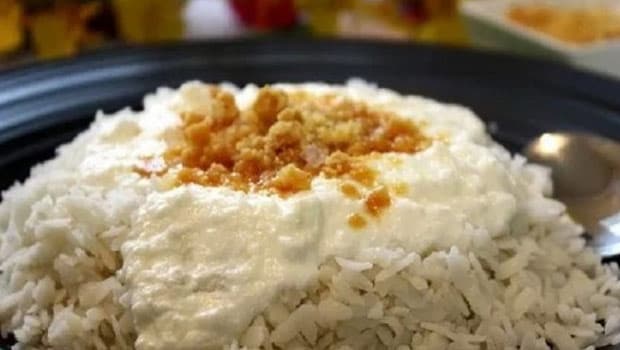In the present time, when people love to relish on processed breakfast items this one is a natural cereal, made without any chemical intervention. There is a section of society that is still breakfasting on traditional Dahi and Chiwda. This porridge-like combo is often topped with sugar, salt or jaggery and in some parts of the country. In Bihar, Jharkhand and Uttar Pradesh, this gluten-free dish is consumed as a filling breakfast. This no-cook dish requires the flattened rice to be washed in running water, then curd and sugar/jaggery is added to it. In some region of Bihar ripe banana is also added to it, which makes it quite heavy as a meal. poha is filling but at the same time easy to digest. If Dahi chiwda is consumed as first meal of the day, it not only keeps you full for longer but also help in easy digestion along with healing of the stomach. and it also gives to an instant spurt of energy. This is also a low calorie breakfast option. In south India this is called Mosaru avalakki and it is a Must during Krishna Janmashtami. The Kananda recipe the poha is tempered with chili, urad dal, channa dal and asafetida. Also peanuts and coriander are added to it. Then the tempered poha is mixed with sweet yogurt.
Here’s the story connected with the healthiest desi breakfast ever!
Srila Raghunatha dasa Gosvami was a devotee of the highest order. He displayed a spirit of renunciation and detachment from the material world at a very early age. He wanted to leave home and join Sri Chaitanya Mahaprabhu in His mission. Two years later, Nityananda Prabhu came to Panihati and stayed there. Raghunatha dasa, who was staying in the nearby village of Srikrishnapura took permission from his father Govardhan Mazumdar and went to Panihati to meet Nityananda Prabhu.
At Panihati, he saw Nityananda Prabhu sitting on a rock under a banyan tree on the banks of the River Ganges. He was surrounded by many devotees. Raghunatha dasa was hesitant to approach the Lord and paid obeisance from a distance. But some of the devotees noticed him and informed Nityananda Prabhu. Nityananda Prabhu called Raghunatha dasa and said “Raghunatha dasa! You are hiding like a thief. Now I have caught hold of you. Come here. I shall punish you today.’’ Then Lord Nityananda forcibly caught him and put His lotus feet on Raghunatha’s head. He ordered Raghunatha to celebrate a big festival and serve all the devotees – with yogurt and chipped rice.
Raghunatha dasa immediately sent his men to the nearby villages to purchase all kinds of eatables. They brought chipped rice (chiwda), milk, yogurt, sweetmeats, bananas, sugar and other eatables. The chipped rice was soaked in milk. Half of that was then mixed with yogurt, sugar and bananas. The remaining half was mixed with condensed milk and flavoured with clarified butter and camphor. All the devotees received two earthen pots, one with chipped rice mixed with yogurt and another with chipped rice mixed with condensed milk.
The Chiwda-dahi Mahotsava is celebrated every year in commemoration of this wonderful pastime. This festival is also known as Danda Mahotsava (the Festival of Punishment). It is celebrated on the thirteenth day of the bright moon in the month of Jyeshta (May-June). To this day, pilgrims visit Panihati to celebrate the Chiwda-dahi Festival.


